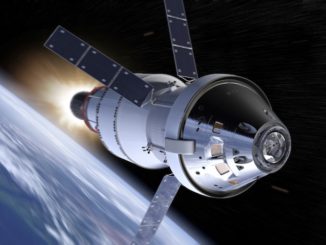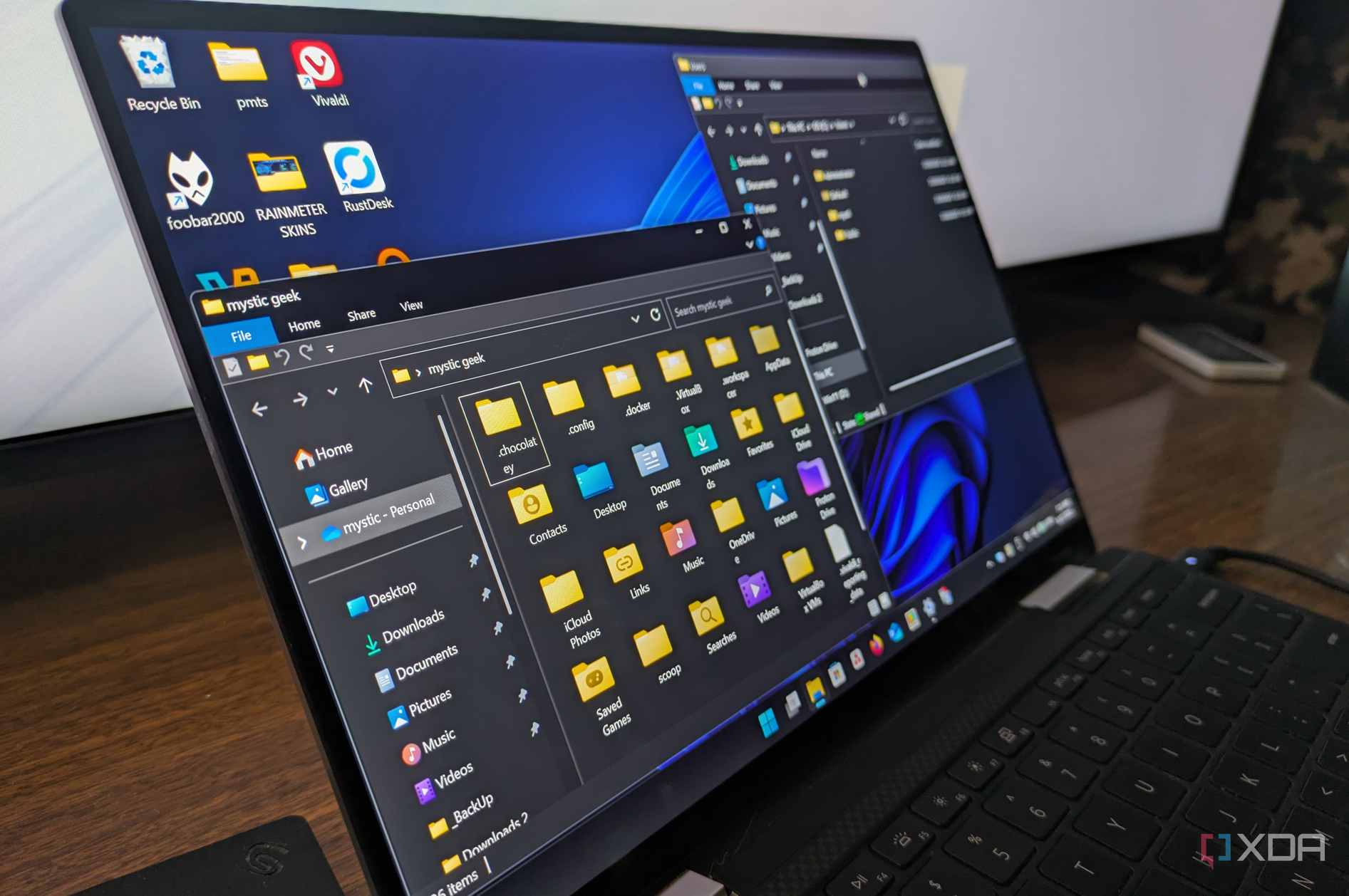SpaceX Plans Tenth Starship Test Flight After Recent Setbacks

SpaceX is preparing for the tenth test flight of its Starship rocket, scheduled for August 24, 2025. This mission follows a series of setbacks, including a recent explosion during ground testing and issues encountered in the previous flight. The launch is set to take place from SpaceX’s Starbase in southern Texas, with a targeted launch window opening at 18:30 CDT (19:30 EDT / 23:30 UTC).
This upcoming flight will utilize the Ship 37 upper stage and Booster 16. According to SpaceX, the mission aims to expand the operational capabilities of the Super Heavy booster, incorporating multiple landing burn tests. It will also focus on objectives similar to prior missions, including the deployment of its first payload and conducting reentry experiments to return the upper stage to the launch site for recovery.
The payload for this mission consists of eight Starlink simulators, designed to mimic the dimensions of the next generation of satellites for SpaceX’s broadband constellation. Additionally, SpaceX intends to relight one of the Raptor engines during the mission’s coast phase, a milestone not achieved in previous flights due to complications with the upper stage.
In May, the previous test flight, designated Flight 9, faced significant challenges, leading to the loss of Ship 35 due to a failure in the main fuel tank pressurization system. A post-flight analysis identified a malfunction in the fuel diffuser, which is responsible for controlling gas flow within the tank. This malfunction resulted in a pressure imbalance that ultimately hindered payload deployment during the flight.
SpaceX has acknowledged the learning curve associated with these test flights. Following the Flight 9 incident, engineers were able to replicate the failure conditions during ground tests, which highlighted the complexities of liquid-fueled rocket systems. The company has implemented new measures to enhance safety and reliability, including adjustments to the composite overwrapped pressure vessels (COPVs) used in the Starship’s payload bay section.
The recent explosion of Ship 36 during ground tests has also prompted SpaceX to revise its testing protocols. The organization will now operate COPVs at reduced pressure and has introduced additional inspections and protective measures to prevent similar incidents in future missions. This includes the addition of external covers for the COPVs to improve safety during the fueling process.
As SpaceX moves forward, it has adapted its Orbital Launch Mount at Pad A to facilitate testing while repairs are underway at its Massey facility. Recent static fire tests have been successfully conducted with Ship 37, including a six-engine test that took place on August 3.
Despite the challenges faced, the upcoming test flight represents a critical step for SpaceX. If successful, it will mark the first time a Block 2 version of Starship achieves a controlled atmospheric reentry, following unsuccessful attempts in previous flights. The company has yet to test several experimental heat shield tiles and the robustness of catch fittings, which are essential for future missions.
The performance of the Super Heavy booster during the last flight was mixed. While it successfully executed a controlled flip maneuver, only 12 out of 13 engines ignited during the landing burn, leading to an explosion. SpaceX plans to adjust the angle of attack for future booster flights to mitigate structural failures and enhance performance during landing attempts.
These delays in the Starship program have broader implications, especially for SpaceX’s collaborations with NASA. In recent discussions, NASA officials expressed concern over the timeline for critical demonstrations related to the Artemis program, which aims to return humans to the Moon. The completion of the cryogenic propulsion transfer demonstration is a key milestone that has now been pushed back to 2026.
Despite these setbacks, NASA officials remain optimistic about SpaceX’s ability to overcome challenges. Acting NASA Administrator Sean Duffy recently noted the company’s track record of learning from failures and achieving goals despite earlier difficulties. He emphasized that if there are delays in the Artemis 3 mission, it will not be due to SpaceX.
As the countdown to the tenth Starship test flight begins, the aerospace community watches closely, anticipating advancements in SpaceX’s ambitious plans for space exploration and commercial satellite deployment.






